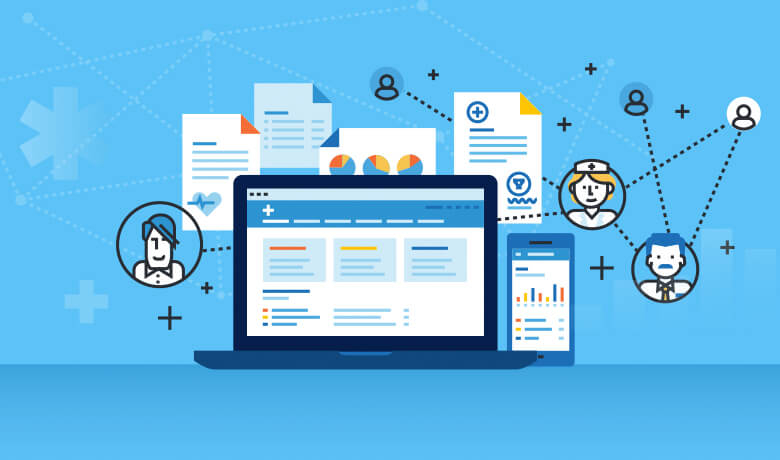Fragmentation in software is a known problem, it mainly occurs in open source when different parties branch out from a main source code tree and start adding new features and code that makes the new software branch progressively incompatible with the main one. As the numbers of users, branches and ad-hoc implementations increases it becomes more and more difficult and expensive to keep the source code development under control and maintain compatibility.

What is information fragmentation in a medicines information (Patient Information Leaflet) context ?
We can define information fragmentation in this context as a problem occurring when statutory (official) information relative to a specific medicinal product is extracted, replicated, rewritten, distributed by several parties to a point where it is not possible to validate and guarantee its authenticity, completeness or source.
The huge number of digital sources (web sites and applications) that provide access to medicines use information (for example Patient Leaflets) can give an idea of how many information branches are potentially in place, each with its own branch (version) of the data.
While this problem is relatively new it is becoming more and more of a concern as we move Patients Leaflets information from paper to digital (eLeaflet). A number of countries are already making the digital leaflet the primary medium to convey this type of data and this can only exacerbate the problem.
Why so many websites provide access to this type of data ?
Simply because on the internet content is money, it attracts users, advertising and budgets. Most of the companies that provide access to medicines information today have no interest in providing a health service nor in the quality of the data they offer (for example whether it is correct, up to date, complete), they are only looking at improving their ranking in respect to the main search engines (Google), thus attracting more visitors to their sites and therefore more advertising money.
Why is this a problem now ?
When medicines information was only available in paper format (via paper leaflets available in the product packaging) it was a lot more complex to copy parts of the text and distribute it either on paper or digital media; the process does not scale well and is labour intensive thus making the costs/benefits ratio unfavourable. But as more and more information is available, at source, in digital format it is fairly easy for any website owner to copy and paste large portions of text to create (new) content that may attract new web users, this is done in total disregard to content quality and as a consequence to users health and safety.
How is this relevant to eLeaflets (ePI, SPL etc..) ?
As we embark on a digital transformation journey to make eLeaflets the primary source for medicines use information (possibly replacing paper leaflets in the box) we need to guarantee that the content we provide digitally is from an authoritative source. While the use of a QR code on the packaging will provide a guarantee that the content is approved and from a trusted source this may not be enough, nothing can prevent other sites from copying that content and placing it in one or potentially hundreds of other web pages either in its original form or as a completely modified version. Most of these extraction, editing and publishing processes can be automated making the approach very cost efficient from a web editor point of view (we obviously disregard the costs to the general public that is accessing old, untrusted information).
Solutions
While it is almost impossible (banning and closing down web sites would be an alternative in theory bur seldom works in practice) to prevent content fragmentation and stop websites from cannibalizing this type of information there are solutions that can be put in place to limit this problem:
- define a registry of official sites that are allowed to store and distribute this content and that satisfy quality criteria (this has already been done for online pharmacies and the same process could be replicated in this context)
- educate web users and patients so that they can recognize official sites
- provide mechanisms to seal digital patient leaflets so that the original, approved content can be authenticated and verified at any time.
The eLeaflet solution by myHealthbox already provides a number of authentication solutions whereby eLeaflets can be digitally signed and verified at any stage, a digital notarization solution based on Blockchain is also available.
More information about the eLeaflet solution from myHealthbox is available on the eLeaflet website